6 Warning Signs Microplastics Are Hiding in Your Food as New Report Warns of Toxicity

Microplastics are everywhere in our environment, and scientists are still not sure what the long-term ramifications will be for human health. “There are so many unknowns,” says Bernardo Lemos, an adjunct professor of environmental epigenetics at the Harvard T.H. Chan School of Public Health, “but we are seeing more data that suggest microplastics affect human biology.” In fact, a new study reveals that microplastics can absorb PFAS chemicals, increasing their toxicity. This combination poses heightened health risks to humans and wildlife, as PFAS are linked to cancer and other diseases. The findings underscore the urgent need for stricter regulations on plastic pollution and chemical contaminants.
Plastics take hundreds of years to break down (if they ever do) which means we are stuck with them permanently. Once they break down to below five millimeters, they become microplastics. “The very first pieces of plastic ever manufactured are still somewhere on this planet,” Sherri Mason, PhD, director of sustainability at Pennsylvania State University tells Bon Appetit. Here are signs there are microplastics in your food and drink.
RELATED: Are Plastic Cutting Boards Safe?
You Use Tea Bags
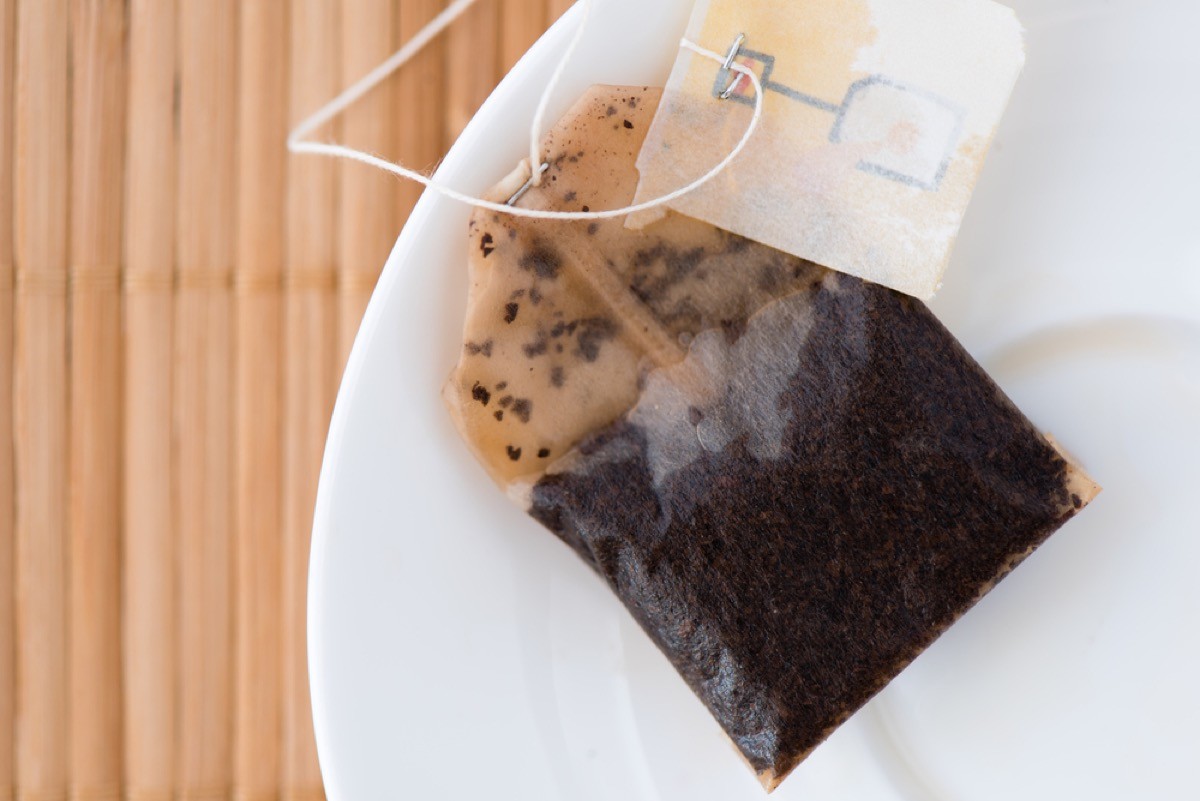
Tea bags (as opposed to loose tea) are a major source of microplastics in food. “Researchers at McGill University in Quebec, Canada found brewing a single plastic tea bag released about 11.6 billion microplastic and 3.1 billion nanoplastic particles into the water,” says CNN.
Plastic Water Bottles
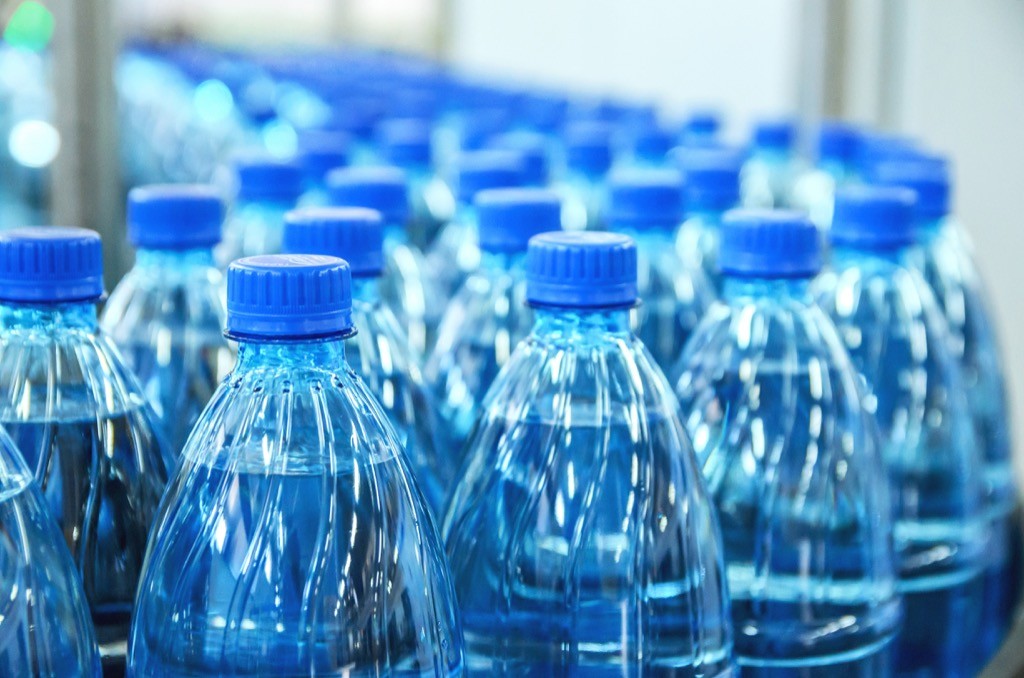
Plastic water bottles are bad for the environment and your health. “Avoid drinking from disposable plastic water bottles,” says the EWG. “If you have no choice, try to keep them out of the sun, in a cool, dry environment. Disposable plastic water bottles degrade very easily in response to temperature change or friction.”
Plastic Cutting Boards
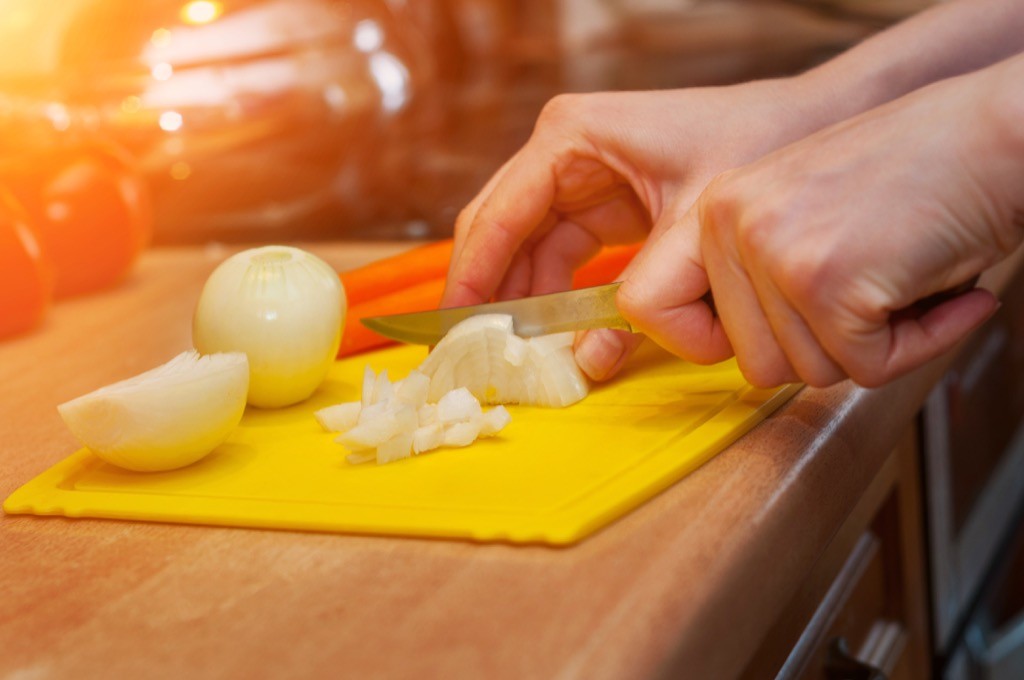
Even if your food doesn’t have microplastics, using a plastic cutting board can contaminate ingredients. “There are plenty of alternatives to use, like wood, glass and steel,” says the EWG..
Pesticide Problems
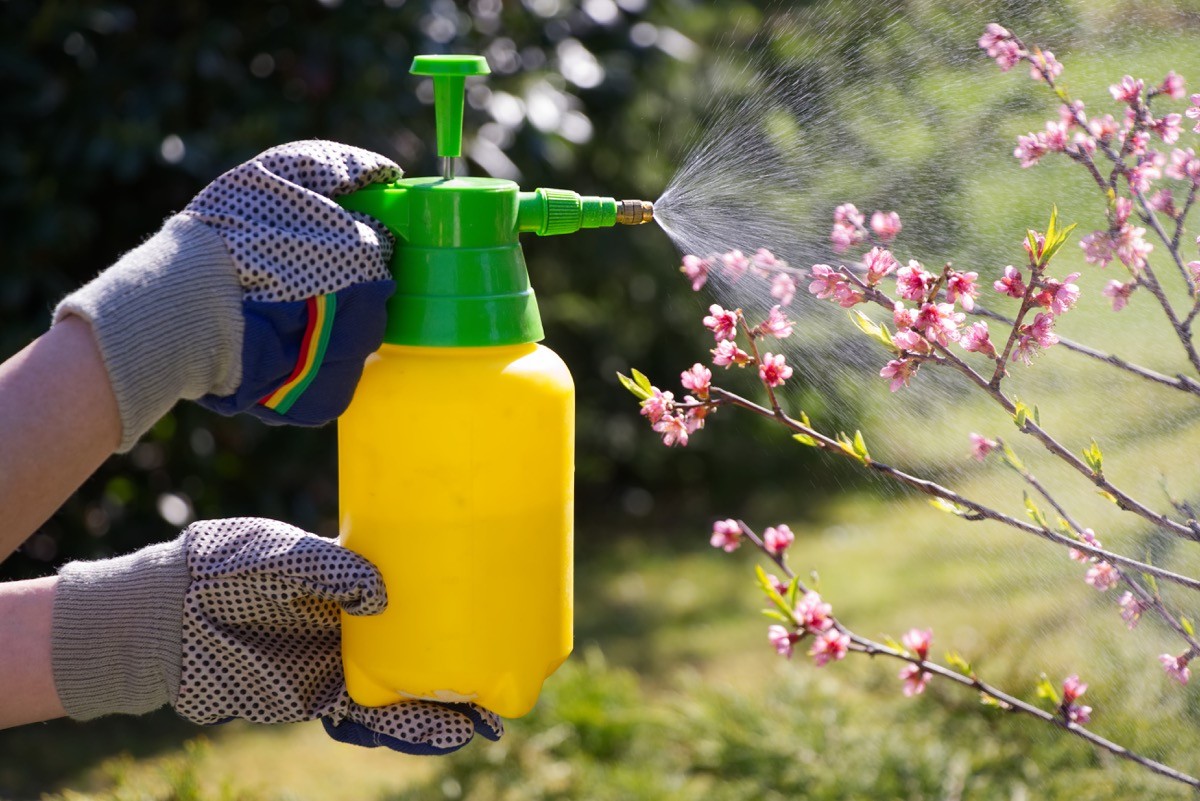
Certain pesticides contain nanoplastics. “I buy organic as much as possible to reduce our exposure to pesticides,” Tracey Woodruff, PhD, MPH, tells UC San Francisco. “We live in the Bay Area, so it’s fortunate that we can shop at farmers’ markets but not everyone can. That just, again, shows we need to have ways to encourage that everyone has access to healthy food options.”
RELATED: How Much Plastic Is in Your Bottled Water.
Microwaving In Plastic
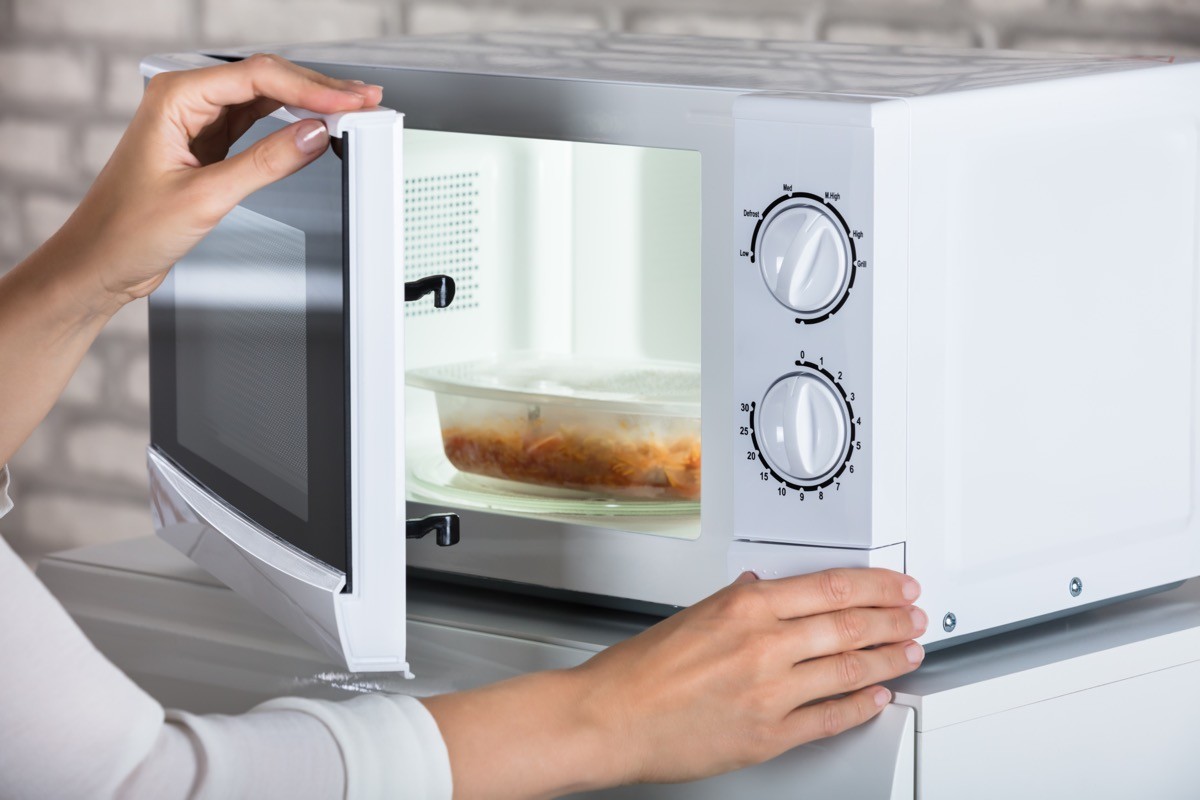
One thing experts agree on is to avoid microwaving food in plastic containers—in fact, to avoid heating plastic at all. “Microwave your food in glass containers, rather than plastic or takeaway containers, which can release millions of microplastic particles into your food,” says the EWG.
Lower On the Food Chain
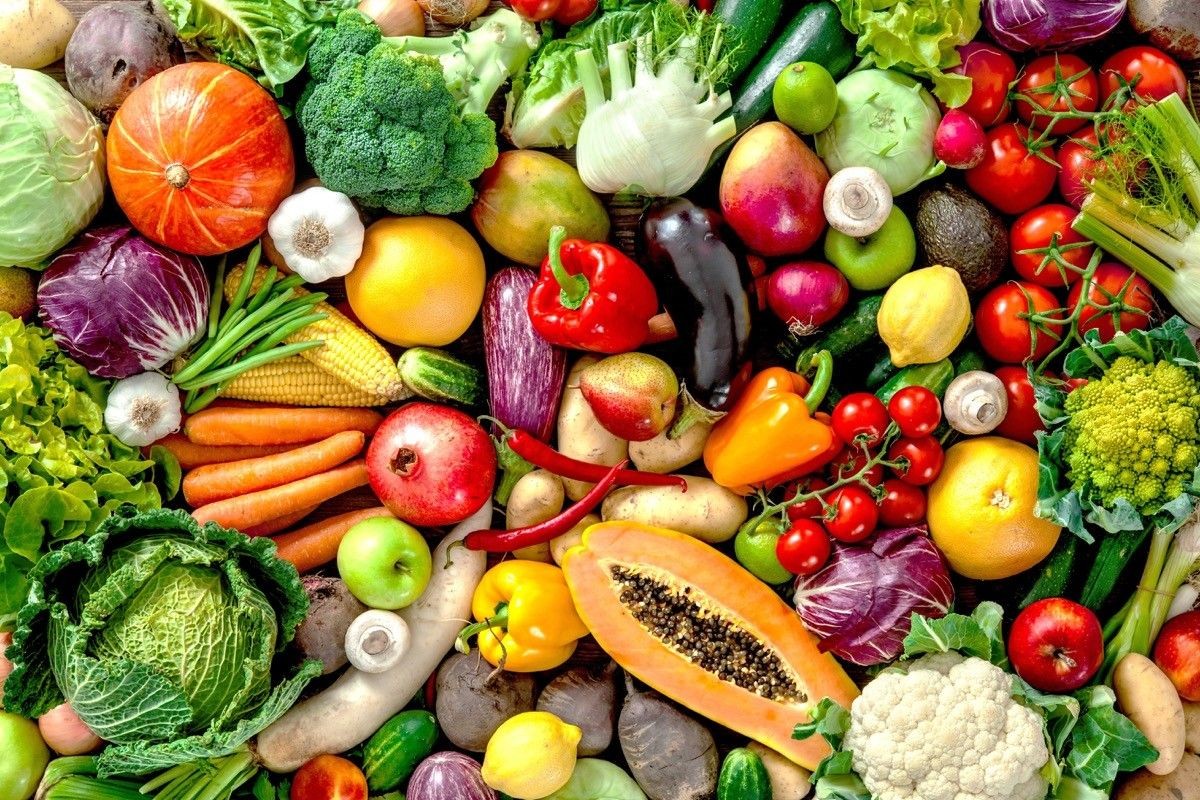
“At home, we try to eat lower on the food chain in general, more grains, fruits, vegetables, because many toxic chemicals tend to accumulate in animals higher up in the food chain as those animals eat other animals or plants,” says Dr. Woodruff.